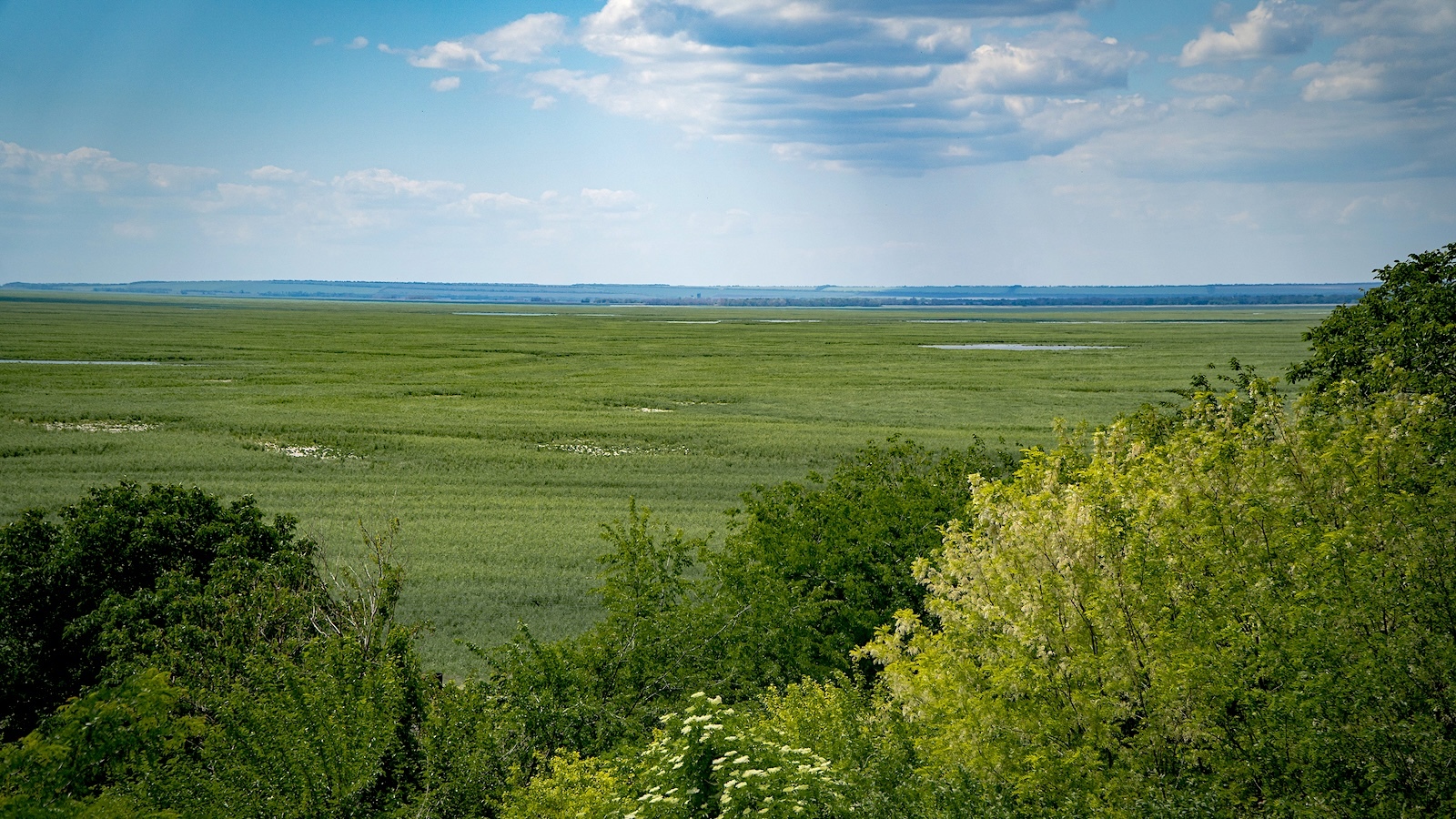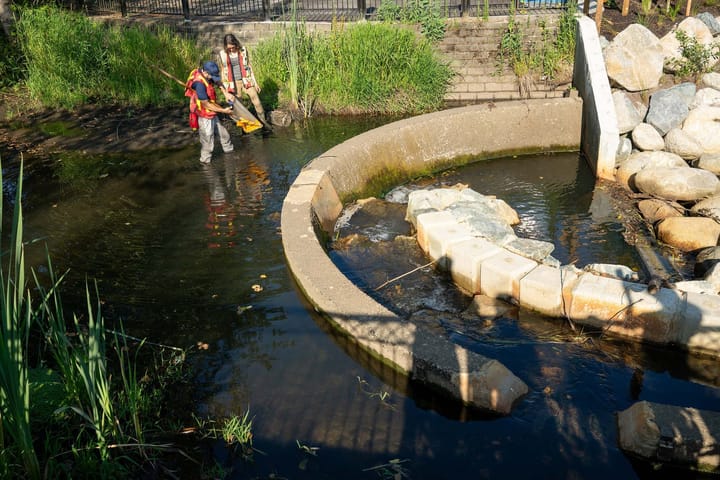This is just the beginning
Reducing human-wildlife conflict, getting to know your land, a rewilding-focused art exhibit and a new book on the urban wild.

There’s so much we can accomplish if we work together
“Rewilding doesn’t happen in a vacuum,” writes journalist Katharine Reid in her piece on the new Rewilding exhibit at the Canadian Museum of Nature. “Care and community are at its core.”
It’s this sense of community that we’re trying to foster here. You might not directly know very many – or any – people who share your interest in rewilding, or be aware of many projects in your immediate vicinity. But reading the stories we produce can help connect you to the global community of rewilders, whose projects of all sizes are helping to create hope and change in a world full of challenges.
We’re reluctant to mention this amidst the onslaught of Giving Tuesday emails – it is a coincidence that this comes to you today – but it’s through financial support from readers that we’re able to keep this publication going. (That’s in addition to our partnership with the David Suzuki Foundation, such as for their Lawnshare program and the Rewilding Arts Prize.)
We understand that not everyone has the budget to contribute, which is why we keep all our articles open for everyone to read and share. But we do greatly appreciate the support of those in a position to help us pay freelance writers and cover admin costs like web hosting. If you’d prefer not to sign up for a regular subscription, we have a new tip feature you can use to make a one-time contribution. And if you’ve already maxed out your budget by donating to other worthy organizations, thank you for that as well.
But enough about money. For those in the north, we hope you’re finding lots of sources of brightness during these cold, dark days. And for those who live elsewhere, enjoy the sunshine and all it brings. This is our last full newsletter until January, but you’ll still be hearing from us before then with a new story or two and our end-of-year round-ups.
Stay wild,
Domini Clark and Kat Tancock, editors

The solar tech reducing human-wildlife conflict in India
An innovative approach to deterring wildlife from villages is helping save money and lives – both human and animal.

At the Canadian Museum of Nature, rewilding is art
A new exhibit in partnership with the David Suzuki Foundation and Rewilding Magazine showcases artistic expressions of rewilding.

Rewilding your lawn or garden? First, get to know it
Once upon a time, the land you tend was stewarded by others – or by nature itself. Learn how to assess your site and the plants that will grow best there.

“I started to wonder, what if?” Q&A with author Conor Kerr
The Métis writer’s new novel imagines setting a herd of bison free in downtown Edmonton – and the fallout that comes from it.

“I grew a native forest and found peace – and survival”
Aimee Milne started reforesting her New Zealand yard for the sake of climate action. Turns out, she was boosting resilience too – for both herself and her community.
Recommended reads
In 2009, lawyer and science fiction author Christopher Brown bought an overgrown industrial-park lot on the outskirts of Austin, Texas. With no scientific tools but “unmediated experience” – a lifelong interest in the marginal spaces development left behind – Brown and his family built a house designed for the “feral city”: a gorgeously described landscape of abandoned elementary schools, punk warehouses, wild parakeets, snakes, coyotes and mesquite trees.

A Natural History of Empty Lots is his field notes on urban wild places and how to see them fully: a pocket history not of rewilding a landscape, but of being an integrated, participating member of landscapes that are already rewilding themselves. More storytelling than scholarly study, it’s a surprisingly meditative, relaxing nature walk through postindustrial landscapes, Greek and Aztec agricultural myths and the politics of abandoned land – and how we can grow cooperative, gentler futures in those overlooked spaces.
Organized in small essaylets, this is a great book to read a bite at a time and discover at an ambler’s pace. And while sometimes didactic, Empty Lots is at its best as a blueprint for a different relationship with place: one built on being curious, taking our time and figuring out where we fit into all the busy ecologies living in the cracks around us. – Leah Bobet
Elsewhere in rewilding





❤️ Enjoy this newsletter?
Send to a friend and let them know that they can subscribe, too.
Share your expertise: Do you know a project, person or story we should feature? Let us know.
Just want to say hello? Click that reply button and let us know what you think – and what else you'd like to see. We'd love to hear from you.

















Comments ()